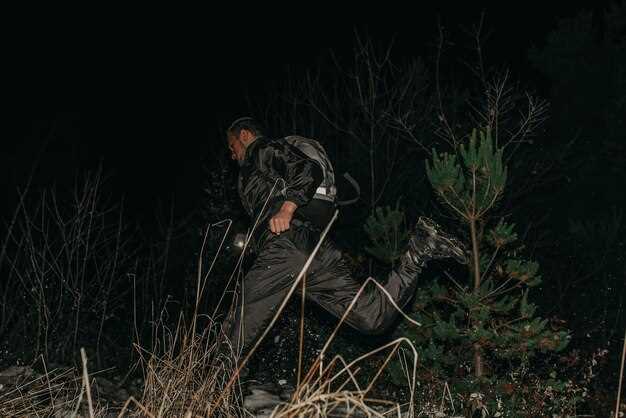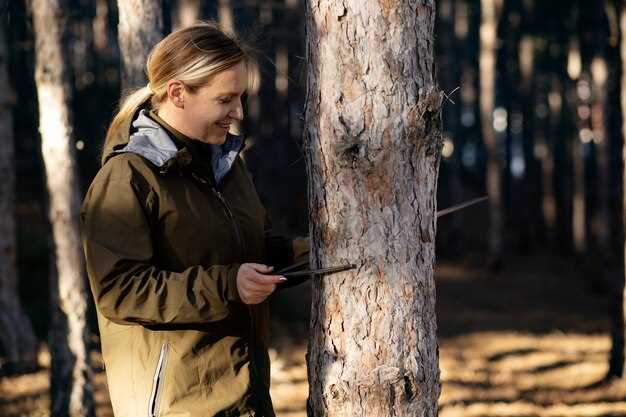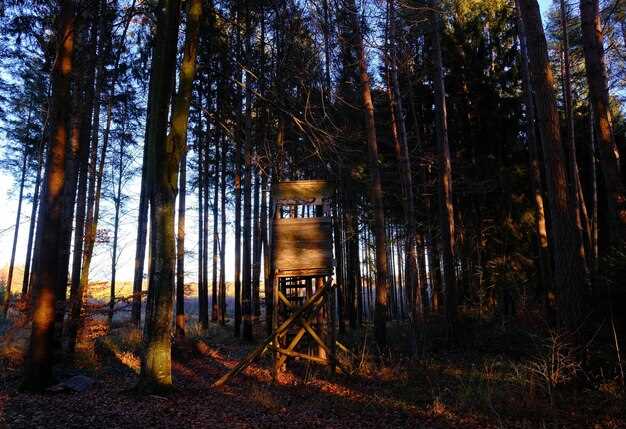
In the realm of wildlife observation, traditional methods often fall short when it comes to studying creatures that thrive under the cover of darkness. Nighttime presents unique challenges for researchers and enthusiasts alike, but the advent of advanced trail cameras has revolutionized the way we can wildlife, capturing stunning images and videos of animals in their natural habitats after sunset. These cameras allow for continuous monitoring, providing insights that were previously difficult to obtain.
The functionality of these cams makes them indispensable for wildlife studies. With features such as infrared technology and motion detection, they enable observers to record animal behavior at night without interference. This non-intrusive approach ensures that the natural activities of nocturnal animals are documented accurately, paving the way for a deeper understanding of their habits and ecosystems.
As researchers and wildlife enthusiasts utilize these devices to watch the nighttime activities of various species, they gather invaluable data that contributes to conservation efforts and ecological studies. The information garnered from trail camera footage not only enhances our knowledge of animal behavior but also plays a crucial role in protecting vulnerable species and their habitats. By effectively employing trail cameras, we can unlock the secrets of the night and improve our connection with the natural world.
Selecting the Right Trail Camera for Nighttime Monitoring

When it comes to effectively monitoring wildlife at night, choosing the right trail camera is crucial. Several key factors can enhance your ability to capture clear images and videos of nocturnal animals. First and foremost, look for cameras equipped with infrared or no-glow flash technology. These features illuminate the scene without startling wildlife, allowing for unobtrusive monitoring.
Additionally, consider the camera’s trigger speed and recovery time. A faster trigger speed ensures that the camera captures quick movements, which is essential for active nighttime wildlife. Similarly, a short recovery time between shots will allow you to capture multiple images or videos in succession, increasing the chances of witnessing interesting interactions.
Another important aspect to evaluate is image quality, including resolution and night vision capabilities. Higher resolution cameras produce clearer, more detailed images, crucial for identifying specific wildlife species. Moreover, some models offer advanced night vision features that enhance visibility in low-light conditions, making nighttime monitoring more effective.
Finally, durability and battery life should not be overlooked. Since trail cameras are often placed in remote areas, choosing a model that withstands harsh weather conditions is essential. Long battery life ensures that your camera remains operational throughout extended monitoring periods, enabling continuous wildlife observation.
Enhancing Image Quality for Low-Light Wildlife Observation
To effectively capture the essence of nighttime wildlife, it is crucial to enhance the image quality of trail cameras. These devices play a significant role in monitoring animal behavior under low-light conditions. One of the primary methods to improve image quality is by utilizing cameras equipped with high-sensitivity sensors. Such sensors enable the detection of minimal light, offering clearer images during nighttime observations.
Another essential factor is the use of infrared (IR) technology. Trail cameras with passive infrared sensors are designed to capture images without the visible flash that can disturb wildlife. This silent operation allows for a more natural representation of wildlife behavior, ensuring that animals remain undisturbed while they go about their nightly activities. Additionally, utilizing cameras that offer adjustable IR settings allows users to fine-tune the illumination based on specific environmental conditions.
Adequate placement of trail cameras also plays a vital role in capturing quality images. Positioning cameras in areas where wildlife travel frequently, such as paths or watering holes, can significantly increase the likelihood of acquiring clear images. It is important to angle the camera correctly to avoid motion blur caused by fast-moving animals, ensuring the best chance for high-resolution captures.
Lastly, the use of external lighting options, such as motion-activated LED lights, can greatly enhance nighttime observations. These lights can provide sufficient illumination without startling the wildlife, allowing for clearer images to be recorded. By integrating these techniques, observers can significantly improve the quality of nighttime wildlife images, leading to more effective analysis and better understanding of wildlife behavior.
Interpreting Nighttime Footage: Key Behaviors and Patterns

Analyzing nighttime footage from trail cameras provides a unique opportunity to observe wildlife behaviors that are often hidden during daylight hours. One of the primary benefits of using these cams is that they capture activity patterns that can reveal crucial insights into animal habits.
Understanding feeding habits is a significant aspect when interpreting nighttime footage. Many species take advantage of cooler temperatures and lower human activity at night to search for food. By identifying specific areas where wildlife congregates for feeding, researchers can determine critical habitats and resource availability.
Another important behavior to watch for is social interactions among animals. Nighttime footage often showcases various species interacting, whether it be mating rituals, territorial disputes, or foraging in groups. These interactions can provide valuable information about population dynamics and social structures within species.
Movement patterns are also vital for understanding wildlife. Trail cameras gather data on how animals navigate through their habitat at night. Studying the frequency and timing of movements can help identify migration routes and establish a baseline for detecting changes in wildlife behavior due to environmental factors or human influence.
Additionally, identifying specific patterns related to predator-prey interactions is crucial. Night footage can reveal how predators hunt and how prey animals respond to threats. Observing these dynamics is essential for managing wildlife populations and conserving vulnerable species.
Finally, technological advancements in trail cam features, such as infrared capabilities and time-lapse settings, allow for more detailed analysis. Utilizing high-quality footage enhances the accuracy of findings and provides clearer insights into the nighttime behaviors of wildlife.
